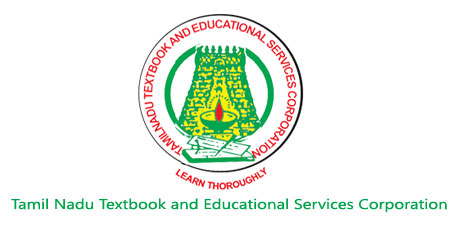Ask any Tamil reader, and they will have a list of must-read gems to share with the non-Tamil speaking world. But very few of these titles have well-written and well-edited translated versions. Also, a lot of valuable books published long ago have gone out of print and face the danger of becoming extinct. This is where the Tamil Nadu Textbook and Educational Services Corporation’s translation initiative comes in. With help from a select group of experts, including writers and those with decades of experience in translation, the initiative aims to give a leg-up to Tamil to English translations.
Read More: Editorial: Education, not a pain in the neck
“The project was launched in 2017 and so far, in the first phase, we have brought out six books,” says T S Saravanan, deputy director of the project. These include
The Kural (Penguin Random House), CS Chellappa’s
Vaadivaasal (1948, Oxford University Press), T Janakiraman’s
Sembaruththi (1968, Ratna Books), Neela Padmanabhan’s
Thalaimuraikal (1968, Harper Collins India) and Ki Rajanarayanan’s
Karisal Kathaikal (1984, Harper Collins India).
The idea is to take titles, shortlisted by an academic advisory committee constituted for the project, to a wide spectrum of readers. “Some of these include books that are not available and have to be reprinted.
Vaadivaasal is one such,” he says.
Writer S Ramakrishnan, who is part of the committee, recalls the long exchanges over email during lockdown to finalise titles. “It was a big challenge,” he says. “We wanted to take the best of Tamil literature and present it to those outside the State, to help them better understand Tamil culture, the people, and the language.”
Ramakrishnan is glad that the Tamil Nadu Government has come forward to support such an initiative. “Several great Kannada and Malayalam writers have gone places because of their works being translated; there are so many good Tamil writers whose work needs to be promoted in a similar way,” he feels.
Another important target audience, is students. Mini Krishnan, coordinating editor of the project and member of its execution team, hopes that by collaborating with publishers across India, the books may reach college students who would otherwise not have access to them.
Translation, Mini feels, is still a very unorganised sector, with the results often being a “hit or miss”. She says that there is a need to bridge the “gap between academia and publishing” and the translation project, “with the backing of the Government, has a certain stamp of authenticity”.
She explains that there are three kinds of readership for translations in English. “One: within the country, particularly in the large cities; two: in culture-study courses run for non-Indians outside the country, forming an exotic addition to the subject of Indology; and a third which meets the nostalgia of Indians who lost their mother tongues when they left their country but not memories of their culture and origin.”
There are interesting books on the anvil: for 2021, the team plans to bring out three books every four months. Among them is Tamilnaatil Gandhi by A Ramasamy. “It speaks about events that occurred during Gandhi’s visits to Tamil Nadu,” says Ramakrishnan. He is thrilled that once it is out in English, the book will get a whole new readership.




.jpg)






.jpg)

.jpg)
.jpg)
.jpg)
.jpg)
.jpg)










Sorry! No comment found for this post.